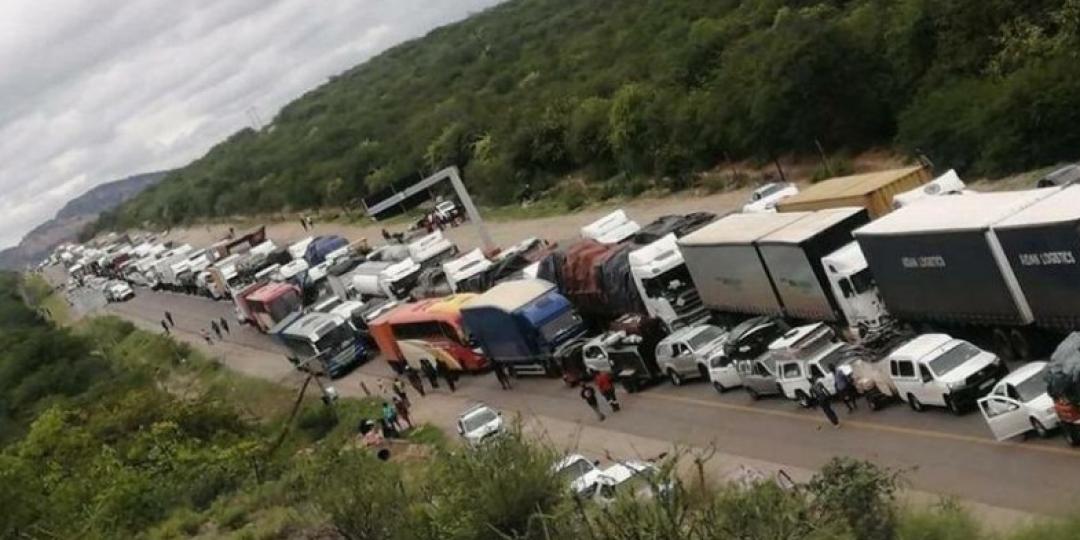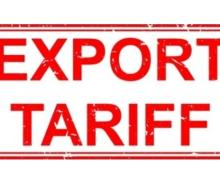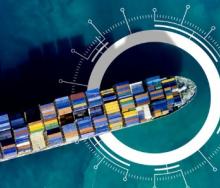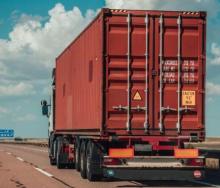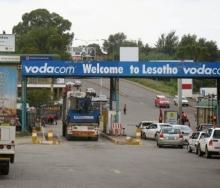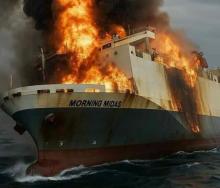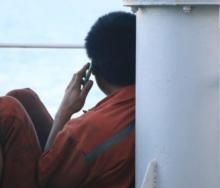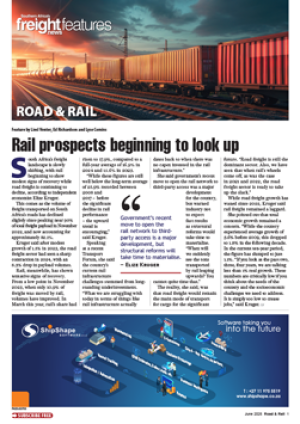Increased cargo volumes outpacing inadequate corridor infrastructure, long-standing issues at the Port of Durban, and the spectre of Transnet playing catch-up after years of state-capture corruption continue to hold back logistical progress across the region.
At least that’s the view of Mike Fitzmaurice of the Union Africaine des organisations de transport et de la logistique (UAOTL).
Called up by the African Union into his current position because of successful public-private interventions at the cross-border trade body, Transit Assistance Bureau, the UAOTL’s vice president for sub-Sahara said South Africa’s biggest port was an ongoing nightmare.
“The Port of Durban, a crucial trade hub for southern Africa and the North-South Corridor (NSC), is facing significant inefficiencies that are impacting its performance and the broader economy.
“These inefficiencies are manifested in low container handling rates, long ship turnaround times, and overall delays, leading to financial losses for businesses and hindering regional integration.”
Fitzmaurice is also not swayed by regular media statements about apparent progress at South Africa’s state-owned port.
Although not all private-sector stakeholders will agree with this sentiment, citing momentum on the port’s crane procurement front, Fitzmaurice said: “The inability of Transnet to turn things around stems from poor leadership, lack of investment and widespread corruption.”
But Durban alone shouldn’t bear all the blame for dwindling loads on the NSC through Zimbabwe to the copper mines in Zambia and the Democratic Republic of the Congo (DRC).
A major Achilles’ heel to the Copperbelt still looms large, despite a $300-million upgrade by concessionaire, ZimBorders.
Thanks to modernisation improvements, Beitbridge is the most technically advanced border post on the NSC, Fitzmaurice said.
Yet, it’s not seeing the hoped-for volumes and return on investment that construction company Raubex had hoped for.
This notion is supported by one of the most prominent clearing agents in Musina, whose name and company affiliation are withheld for professional reasons.
Fitzmaurice, an ardent supporter of the efficiencies made possible by ZimBorders, especially insofar as they have helped to unblock a border previously known for the worst bottlenecks in Africa, agrees that Beitbridge’s facelift has come at a cost to industry.
“It has been hampered by high border access fees ($200) both ways, north- and southbound, which has deterred transit cargo destined for Zambia and DRC from using this leg of the NSC.”
Instead of using the most direct route to the Copperbelt – at least 200 kilometres shorter – overborder hauliers are bypassing Zimbabwe by driving through Botswana, especially after the Kazungula Bridge and a one-stop border post opened to replace the ferry system across the Zambezi.
Adding to the preference long-distance transporters have for crossing at the border posts of Groblersbrug (SA) and Martins Drift (Botswana), “are the horrific road conditions in Zimbabwe and the harassment of transporters by ill-informed anti-smuggling units”.
A recent incident of a transporter being turned back to the border 50kms north of Beitbridge, after complying with cargo security protocol and losing at least three days because of random police interference, is a case in point.
It only caused further delays for compliant transporters, further affecting Zimbabwe as a viable transition route, Fitzmaurice said.
He added that the Zimbabwe Revenue Authority’s anti-smuggling measures of 100% scanning at key border posts like Beitbridge and Chirundu, “have seen long queues developing at these key border posts on the NSC, increasing border crossing times to unacceptable levels.”
- This is the first in a two-part article. Read the second instalment on Monday, June 30.
